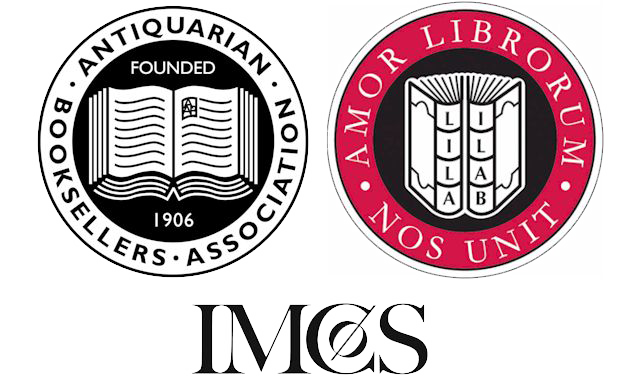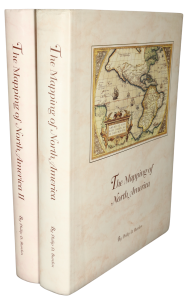Rare Maps and Prints
- World & Celestial
- North America
- West Indies, South & Central America
- British Isles
- British Isles
- English counties
- Large-scale
- Bedfordshire
- Berkshire
- Buckinghamshire
- Cambridgeshire
- Cheshire
- Cornwall
- Cumberland
- Derbyshire
- Devon
- Dorset
- Durham
- Essex
- Gloucestershire
- Hampshire
- Herefordshire
- Hertfordshire
- Huntingdonshire
- Islands
- Kent
- Lancashire
- Leicestershire
- Lincolnshire
- Middlesex
- Norfolk
- Northamptonshire
- Northumberland
- Nottinghamshire
- Oxfordshire
- Rutland
- Shropshire
- Somerset
- Staffordshire
- Suffolk
- Surrey
- Sussex
- Warwickshire
- Westmoreland
- Wiltshire
- Worcestershire
- Yorkshire
- Wales
- Scotland
- Ireland
- Western Europe
- Eastern Europe
- Middle East
- Africa
- Asia
- Australasia & Pacific
- Decorative Prints
- Title Pages
Mr. Philip D. Burden
P.O. Box 863,
Chalfont St. Giles, Bucks HP6 9HD,
UNITED KINGDOM
Tel: +44 (0) 1494 76 33 13
Email: enquiries@caburden.com
The map extends from the southern portion of North America southwards to the tip of South America and included 9 inset maps consisting of a general map of the Atlantic Ocean, a map of the mythical Pepys Island believed to be situated just above the Falkland Islands, and the Straits of Magellan all on the right-hand side. On the left are those of the Port of Acapulco, Gulf of Fonesca in Honduras, Gulf of Salinas, the Galapagos Islands, and Juan Fernandez Island. It was at the latter that Alexander Selkirk was marooned for four years from 1704. His experience was the inspiration for Daniel Defoe to write ‘Robinson Crusoe’. Finally, a larger inset of Isthmus of Darien. As is typical of Moll’s work the trade winds are included.
This map was first separately published examples of which are extremely rare. This second state includes a larger legend beneath Cape Horn. It is also typically found with a pasted-on extension at the top with three further maps denoting Chiloe on the south west coast of South America, the Bay of Guiaquil on the west coast just south of the equator, and Baldivia in Chile. In this state it was issued in Moll’s atlas entitled ‘World Described’ containing largely two-sheet maps, was first published sometime before 1714.
Herman Moll (1654?-1732) was born it is believed in Bremen, Germany, although he is often thought of as being Dutch. He is first recorded in London working on the Moses Pitt atlas in 1678. Much of his early work was undertaken for others or in partnership with the likes of Christopher Browne, Philip Lea or Robert Morden. Moll’s earliest world atlases were geographical texts, the ‘Thesaurus Geographus’ of 1695 was enlarged to become the ‘System of Geography’ in 1701. He then moved to the opposite end of the size spectrum with the ‘World Described’ offering a series of elephant folio sized maps. A first attempt at a quarto sized atlas was the ‘Atlas Geographus’ issued in parts from 1711-17 which is extremely rare.
Moll returned to the quarto format later in his life issuing in parts Thomas Salmon’s ‘Modern History’ from 1725. Many but not all of these plates were published in an atlas without text c.1727 entitled ‘A Set of Thirty-Two New and Correct Maps of the Principal Parts of Europe’. This included a set of world and four continental maps but as Moll expanded production he was able to publish a complete set in 1729 under the title of ‘Atlas Minor’. Provenance: Juan and Peggy Rada Collection. Armitage (2012) pp. 44-5; Hutchinson (2004); McLaughlin & Mayo (1995) 181; Shirley (2004) T.Moll 4b no. 12.






